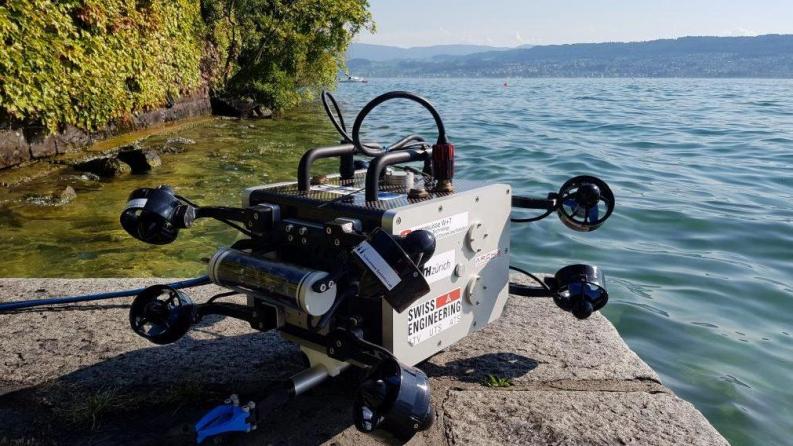Underwater robot, diabetes research and advanced quantum modeling techniques

We are presenting the achievements of foreign universities in recent years.
ETH Zurich University: ETH Tethys subsidiary has developed an underwater robot
Tethys robot is an autonomous underwater vehicle that has been specially designed for usage in difficult and dangerous conditions, such as muddy channels and rivers. It is mainly used in situations where it is too difficult or risky to use conventional search and rescue methods.
Company was founded owing to pioneering fellows Jonas Bust and Pragash Shivanantaguru. The underwater robot has already been utilized by several local authorities for underwater search as well as rescue operations.
Tokyo Institute of Technology: Institute’s researchers have developed an organometallic framework based on tin
Researchers at Tokyo Institute of Technology have developed a tin-based metal-organic framework (MOF) that can photo catalytically reduce carbon dioxide (CO2) to the formate in visible light. Tin-based MOF demonstrated a high apparent quantum yield of 9.8% and carried out extremely selective photo reduction without the need for an additional photosensitizer. This can be extremely useful, since at present most metal complexes use expensive, rare and precious metals to reduce CO2 to advantageous chemicals.
UCL (University College London): Completed the first trial of liver dialysis
Researchers from UCL, Royal Free Hospital, UCL Yaqrit subsidiary and their collaborators have completed the first successful inpatient liver dialysis trial. DIALIVE device, invented by researchers from California University’s Institute of Liver Health and Digestion at London University, proved to be safe and was associated with a significant improvement in the severity of symptoms and organ function in most patients with acute chronic liver failure. ACLF compared to a patient receiving standard care, based on the results published in Journal of Hepatology.
Technical University of Munich: Study of diabetes and pancreatic cancer using miniature organs
Matthias Hebrok, professor of applied stem cell and organoid systems and director of the new TOM (COST) Organoid Systems Center creates organ-like structures from stem cells. He exploits the given organoids to study pancreatic cancer, develop diagnostic methods, and create insulin-producing cells for stem cell therapy.
Stanford University: A fleeting "transition state" of ring-shaped molecules excited by light has been recorded
Using a high-speed "electron camera" at SLAC National Accelerator Laboratory of Energy Ministry and advanced quantum modeling methods, scientists directly visualized the photochemical "transition state", a special configuration of molecule’s atoms that determines the chemical result, and the ring opening reaction in α-terpinene molecule.










